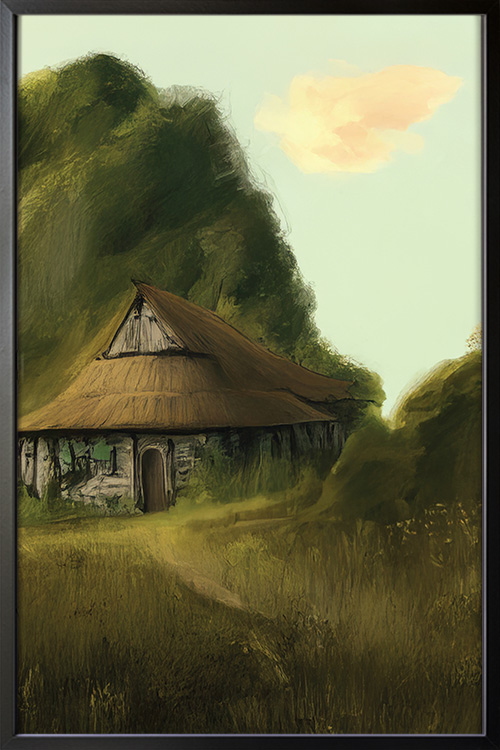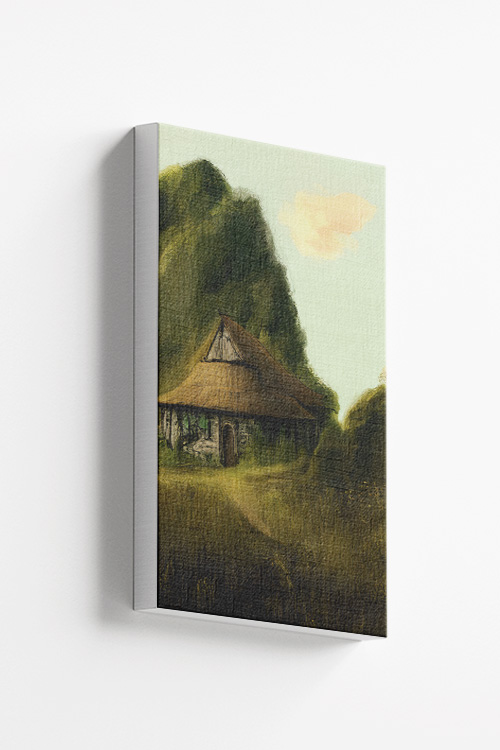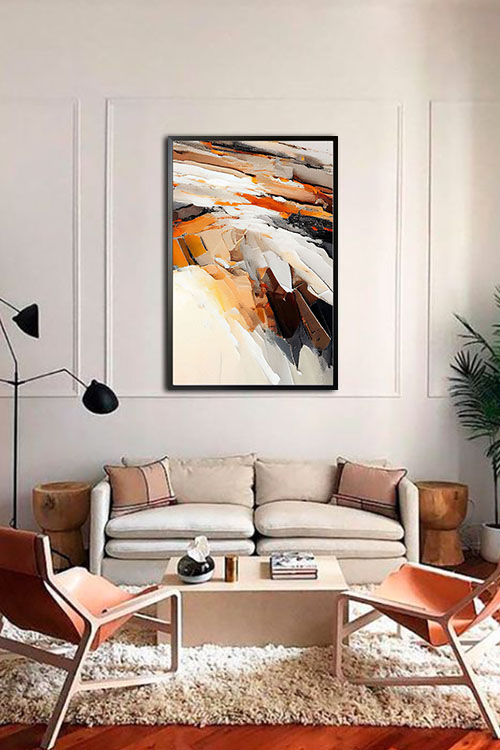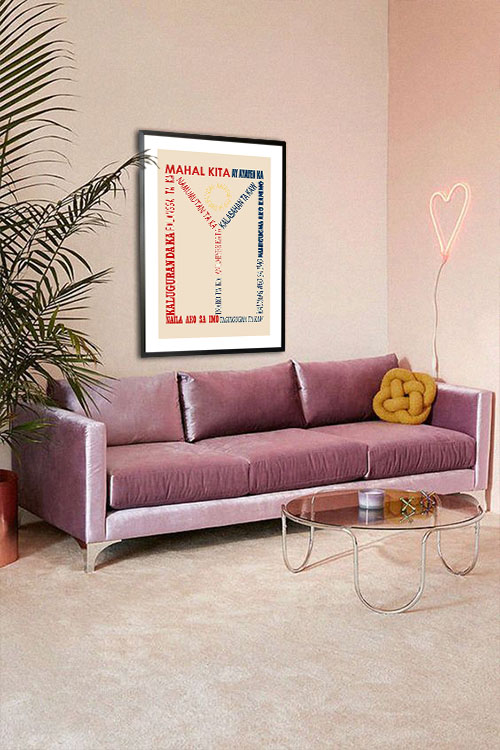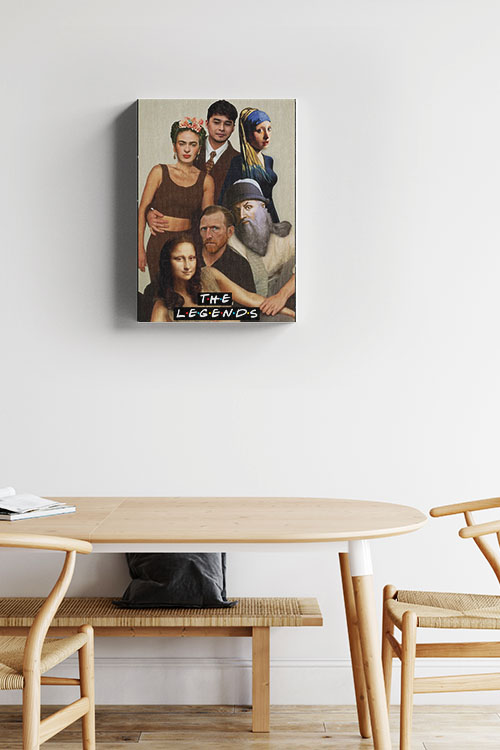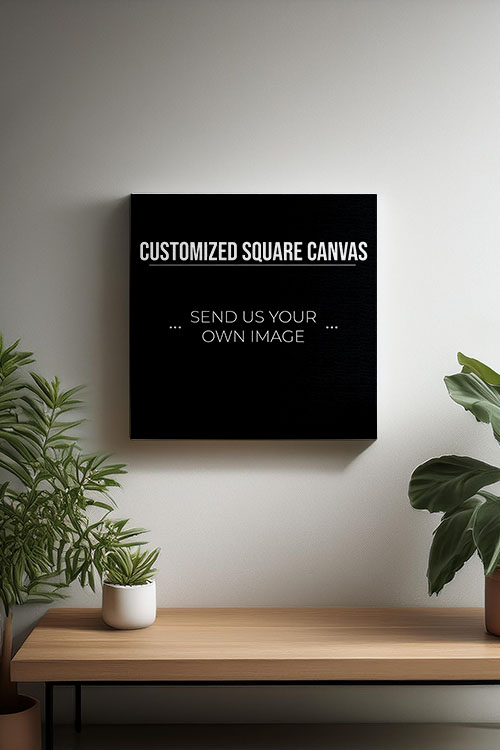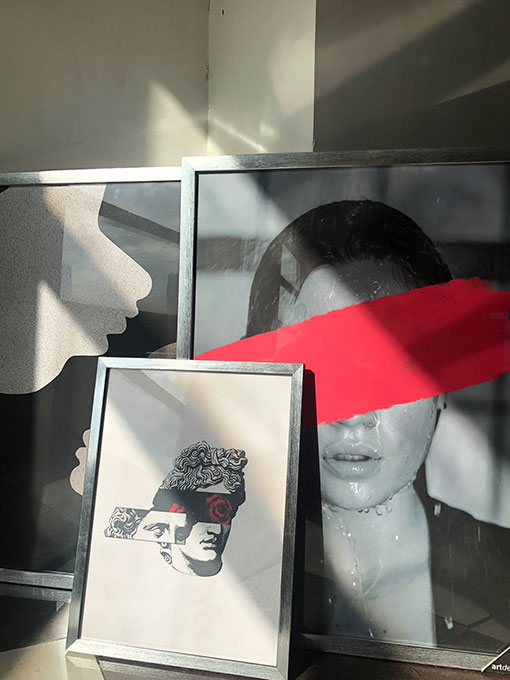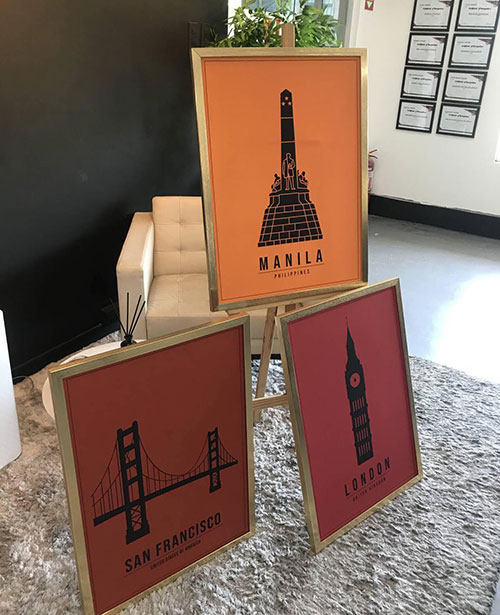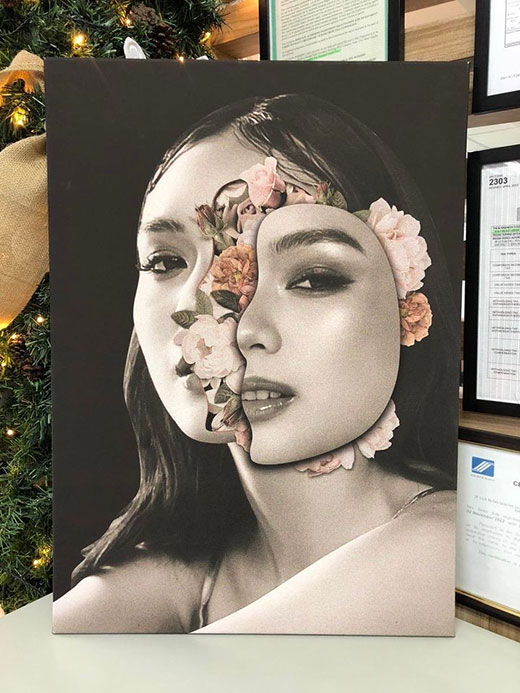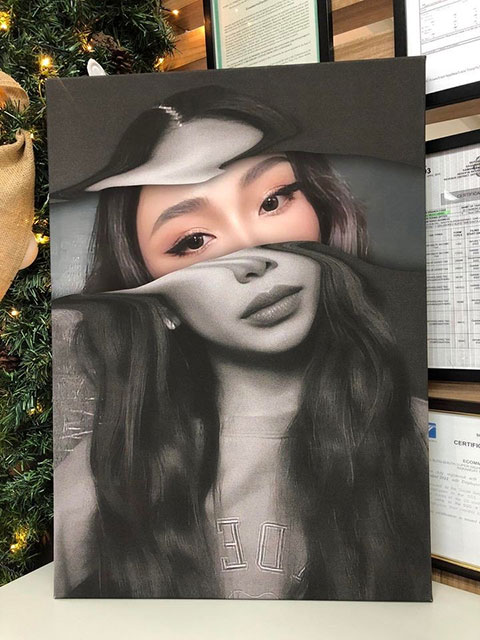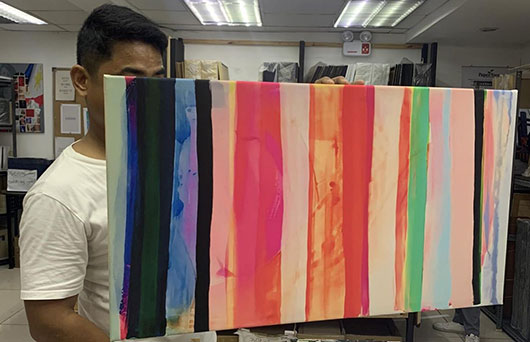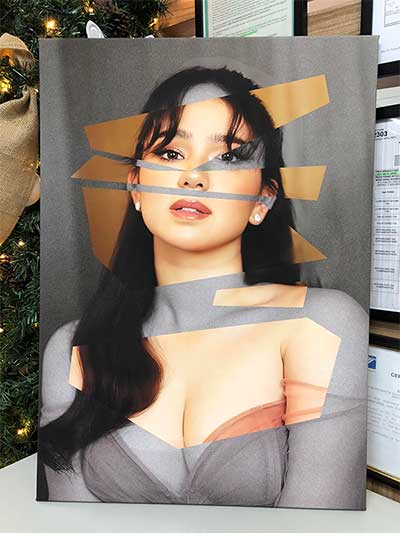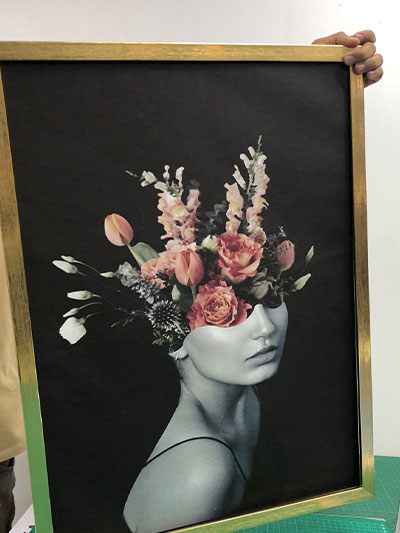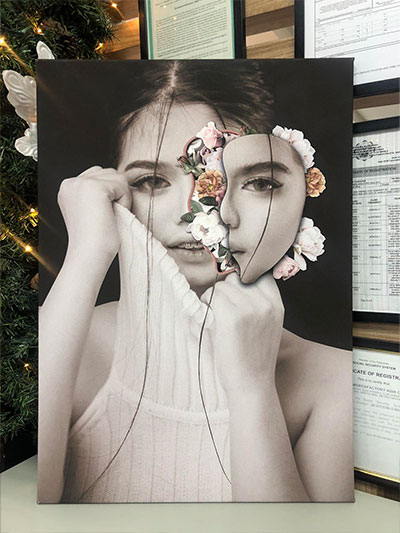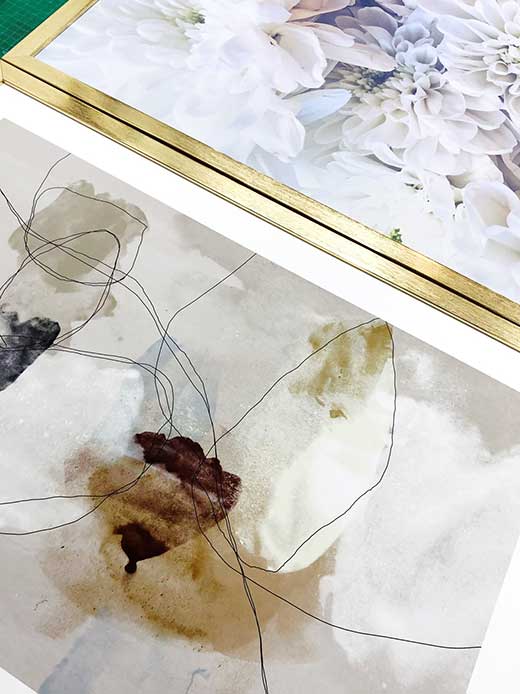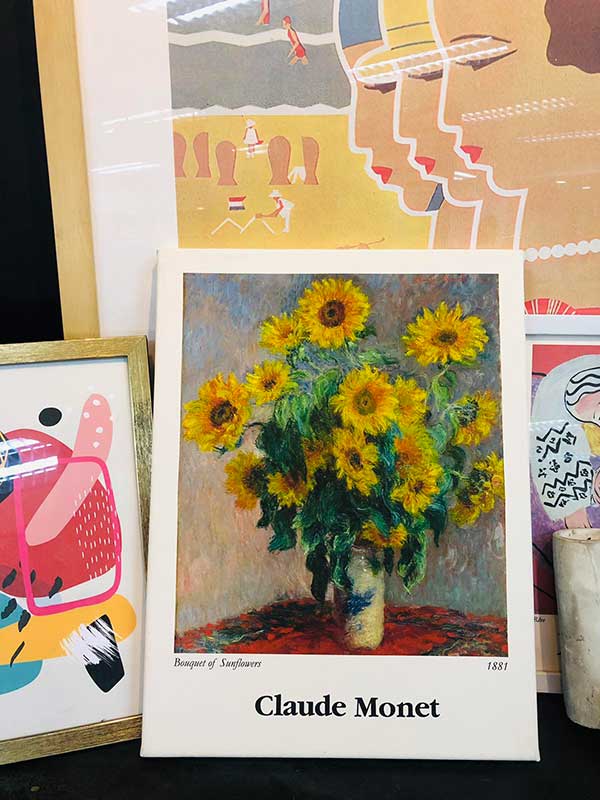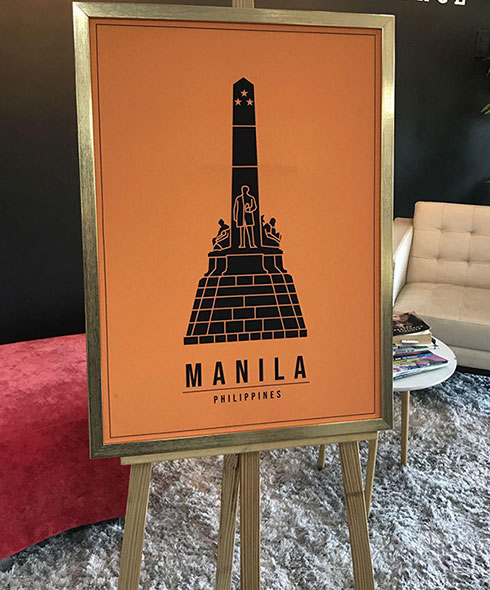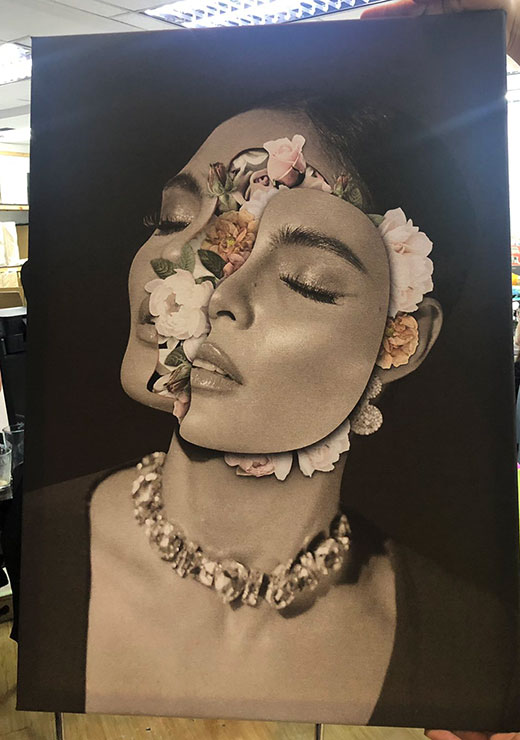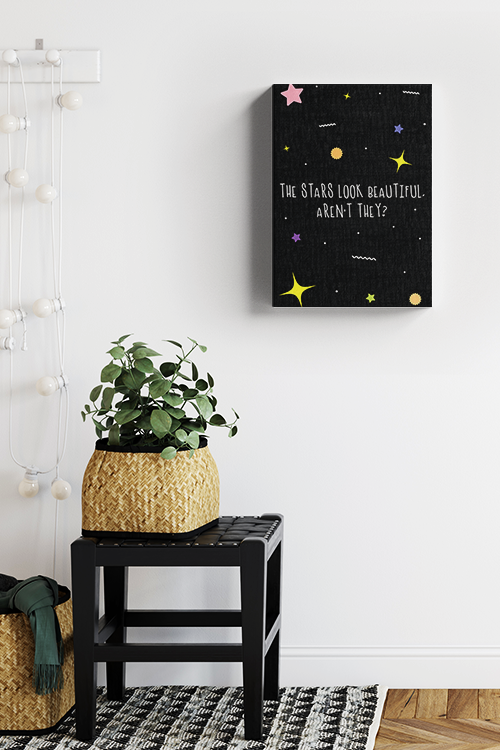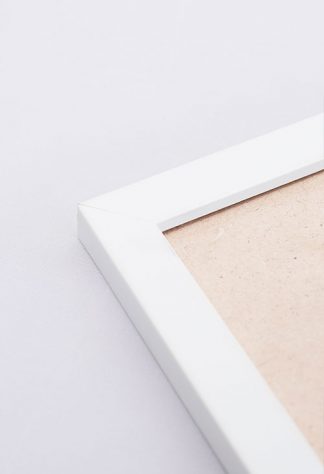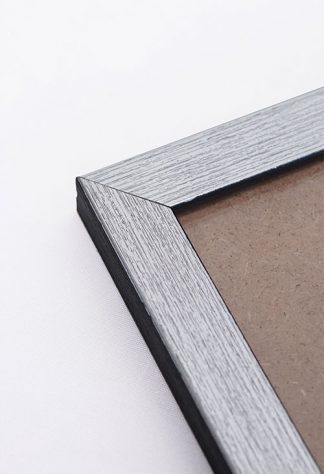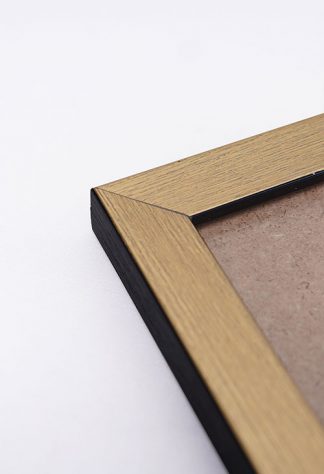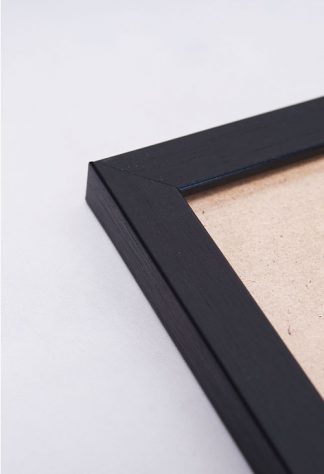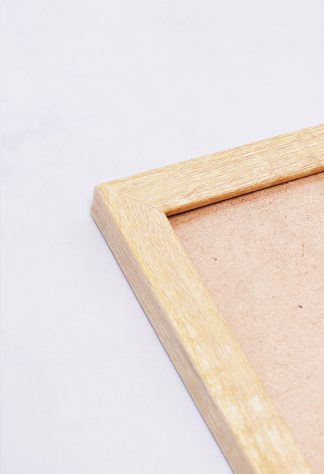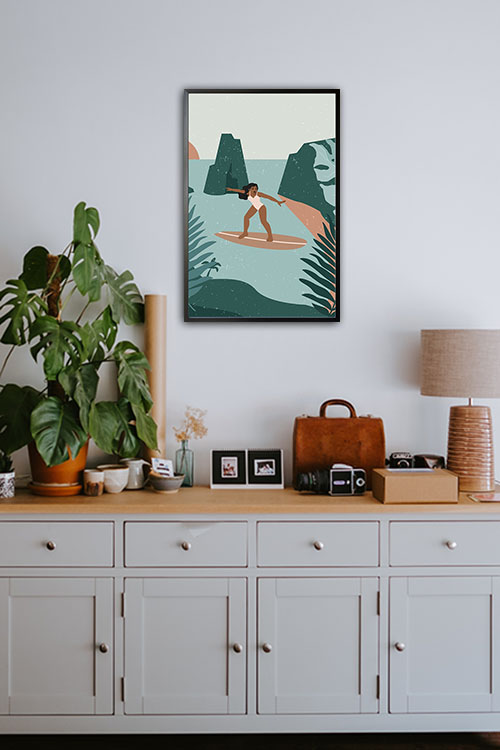
Posters, a timeless and affordable way to add personality, color, and interest to any room, offer endless flexibility. Whether you’re decorating a bedroom, living room, office, or even a hallway, posters can transform any space. Here are some brilliant poster decoration ideas to inspire your creativity and show you the many ways posters can be used.
Gallery Wall of Posters
A gallery wall is an impressive way to display a collection of posters in various sizes and styles. Start by picking a theme—like nature, abstract art, or motivational quotes—and gather posters that fit within that style. Arrange them on a large wall for a stunning impact. Play with layout options before you start hanging: you can go for a grid, random arrangement, or asymmetrical alignment. Use frames or go for a frameless look with poster hangers or clips for a casual vibe.
Mix and Match Frames
For a unique and eclectic look, mix different frames with your posters. You could use vintage wooden, sleek metallic, or color-coordinated frames to match your room decor. Mixing frames of various sizes and colors adds dimension to your wall and makes it look more dynamic. This method is perfect for anyone looking to add a bohemian or eclectic touch to their room.
Oversized Statement Poster
An oversized poster can be a bold, modern touch that commands attention in any room. Choose a large poster with a captivating design, like a cityscape, floral art, or abstract patterns, and let it stand alone on a focal wall. Oversized posters work exceptionally well in living rooms or bedrooms, where they can act as a central piece of the decor. A single large poster provides a striking impact without needing multiple smaller items.
Create a Minimalist Aesthetic with Black-and-White Posters
Black-and-white posters can lend a chic and minimalist feel to a space. Choose posters with line drawings, monochrome landscapes, or modern typography to create a clean, cohesive look. When arranged in simple frames or mounted independently, black-and-white posters give the room a sense of calm and elegance that complements minimalist or Scandinavian-style interiors.
Use Posters as a Color Accent
If your room has a neutral color palette, adding brightly colored posters can bring in energy and vibrancy. Choose posters that incorporate bold shades that complement your decor. For example, if you have an earthy color scheme, posters with warm hues like burnt orange or deep green can create harmony in the room. Conversely, try posters with soft blues or purples for a room with cool tones to create a balanced feel.
Create a Theme for the Room
Using posters to establish a theme can turn a room into a cohesive storytelling space. For a travel-themed room, for instance, choose posters of famous cities, maps, and iconic landmarks. Botanical prints, wildlife images, and scenic landscapes can work wonders in a nature-themed room. Themed posters make the room feel curated and intentional, which can be great for kids’ rooms or a guest bedroom.
Layer Posters on Shelves
If you want a more flexible and less permanent way to display your posters, consider leaning them against a wall on shelves or ledges. This allows you to change the arrangement easily and avoid putting holes in the wall. Layering posters of different sizes adds depth and visual interest, making it perfect for smaller spaces like a cozy reading nook or a narrow hallway.
Hang Posters with Washi Tape
Use colorful washi tape for a fun and playful way to hang posters—ideal for dorm rooms, rentals, or kids’ rooms. Simply tape the posters to the wall, adding a decorative border. Washi tape comes in various colors and patterns, so you can mix and match to create a unique look. This temporary method won’t damage walls, making it a renter-friendly option.
Highlight with LED Lights
Give your posters a glow by adding LED strip lights around their frames. This adds drama and draws attention to the posters, especially in a darker room. The lights can be white or colored, depending on the ambiance you want to create. LED lights work well in gaming rooms, bedrooms, or home theaters.
In a Nutshell
Posters offer an incredible range of decoration possibilities. There’s a poster decor idea for every style and room type, from gallery walls to themed arrangements, oversized statements, and playful washi tape displays. Use these ideas to elevate your space, quickly adding creativity and charm.
